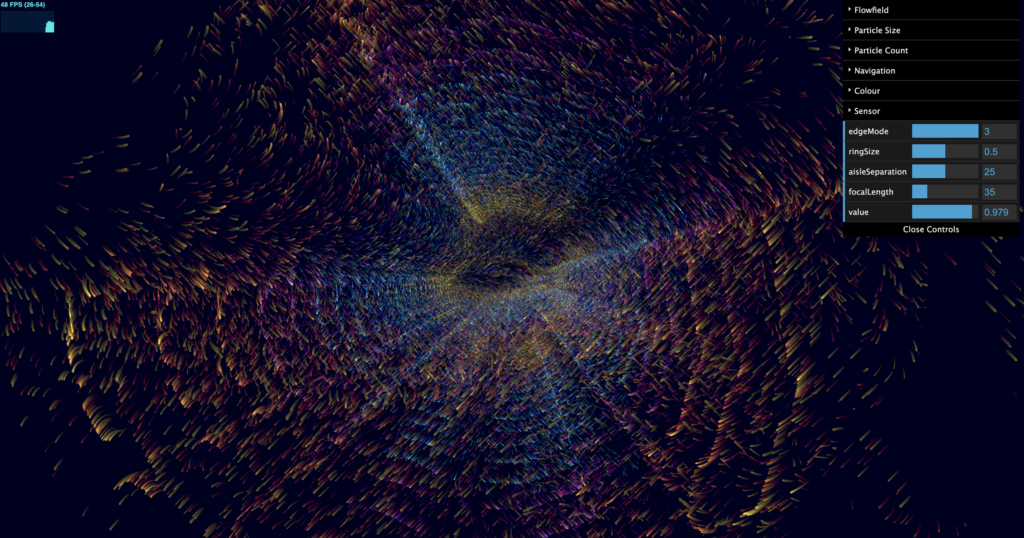
Foresta Inclusive: Art Installation
Project Description
Foresta-Inclusive, proposes to make perceptible to the human senses, the slow and subtle movements of trees and surrounding ecology of the forest in the creation of a number of interactive art installations designed to ask questions such as: What does it mean to be alive and have agency?; How can we re-train ourselves to slow down and listen to voices that have been marginalized for millennia?; What does it mean to be in dialogue with something that does not share the same language nor temporal reality?; and once we acknowledge the ‘aliveness’ of something, what are the ethical implications of that recognition? This project is geared towards listening and learning from these voices and finding ways to engage with the public with the intention of rethinking and resituating our relationship with the natural world.
This project will incorporate the data from the dendrochronology studies of the climate scientists doing the historical climate analysis of the area surrounding Herstmonceux castle. From these samples, we can learn about the climate and atmospheric conditions of the past, for example we can learn if there was a drought in 1852. This project will image live data as well as historic climate data in an interactive installation where the movement of body of the viewer can trigger atmospheric shifts within the gallery as they explore the contemporary and historic climate realities of the region’s trees.
Methodology
Foresta-Inclusive infrastructure is comprised of a networked (Internet) outdoor art installation, which project collaborator Jane Tingley calls a sculptural sensor hub, that links the ecosystem of a forest to a gallery installation. The sculptural sensor-hub will be installed in a forest unobtrusively onto the trunk of a tree. This hub is WIFI enabled, and is connected to eight ecosensors (soil temperature, soil humidity, particulate (.1 μm – 10 μm), light, air temperature, wind, Volatile Organic Compounds (VOC)/C02, and rain) with which to collect live data from the body of the forest, both above ground and subterranean phenomena. This data is then sent to an Internet of Things platform (IoT), which can be harvested and materialized in any location in the world. The Internet of things is a term coined by Kevin Ashton in 1999, IoT broadly refers to objects connected to the Internet, each uniquely identifiable and capable of providing real time information about the world. For this project Jane is developing a number of artworks that materialize this data both independently and with collaborators. The goal of the Foresta-Inclusive infrastructure is to use the real-time collected data from the sensor hub to translate the different types of natural, physical, and chemical phenomena experienced (wind, atmospheric pressure), produced (VOC), and consumed (C02, Rain, light) by trees, into interactive immersive installations and networked sculptures. The artworks generated by the proposed infrastructure will simultaneously express the complexity and liveliness of the ecosystem of the forest, while at times allowing the public to engage and co-create experience. This work is not designed to replace real life experiences within the forest, but rather to create the context for perceiving, intellectualizing, materializing and understanding the liveliness and intelligence embedded within the naturalized Other, as a way of initiating a deeper sense of empathy and understanding of the workings of more-than-human minds.
People
Jane Tingley, Co-Investigator




